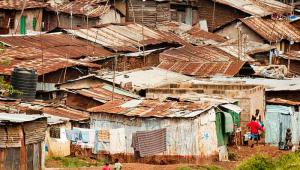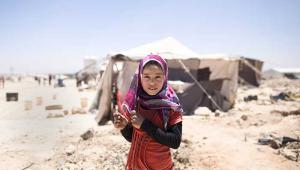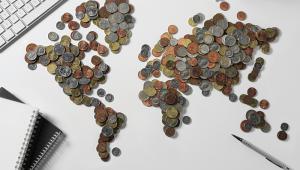
In its annual State of the World Population Report, the UNPFA found that there were 100 million people in need of humanitarian assistance, and more than a quarter of these are women or adolescent girls of reproductive age.
The Shelter from the Storm report said the world was increasingly fragile, with conflict, natural disaster and other crisis affecting peoples’ lives. Women and girls are “disproportionately disadvantaged and less prepared or empowered to survive and recover” as gender discrimination and inequality compound the risks they face, it stated.
Women and girls suffer from inequality across a host of areas from the most basic human rights to income and assets.
Among the risks they are more vulnerable to are sexually transmitted infections, unintended and unwanted pregnancies, maternal death and illness and sexual- and gender-based violence.
It added that even the most well intentioned humanitarian responses could inadvertently exasperate the problem by focusing on other priorities such as food or general healthcare, making these response “blind to realities”.
Therefore, the diversity of populations in areas affected by crisis must be taken into account and sexual and reproductive health needs to be placed at the centre of humanitarian action.
The UNPFA also found that natural disasters, especially floods and storms, occur twice as frequently today as they did 25 years ago, displacing 26.4 million people annually. Numbers of those displaced by conflict in 2014 was 59.5 million ‒ the highest since the Second World War.
The disaster-related death toll is much higher in poorer countries, while the rising trend of wars that occur within national borders is proving more deadly for civilians.
The UNFPA said that while the demand for humanitarian assistance has been increasing since 2011, funding has not increased at the same pace and lead to unprecedented gaps.
Current funding models are therefore likely unsustainable, it said, and a shift was needed from reaction and response to preparedness, preparation and resilience.
Some problems with the current system included the use earmarks, which can continue funding for projects that no longer correspond closely to priorities in the country, increased donor accountability, which has reduced tolerance for risk, and the concentration of funds in a few large grants, which keeps humanitarian aid largely the province of a few large players. In addition, some areas of humanitarian assistance, such as resilience and sexual health, do not receive enough attention.













